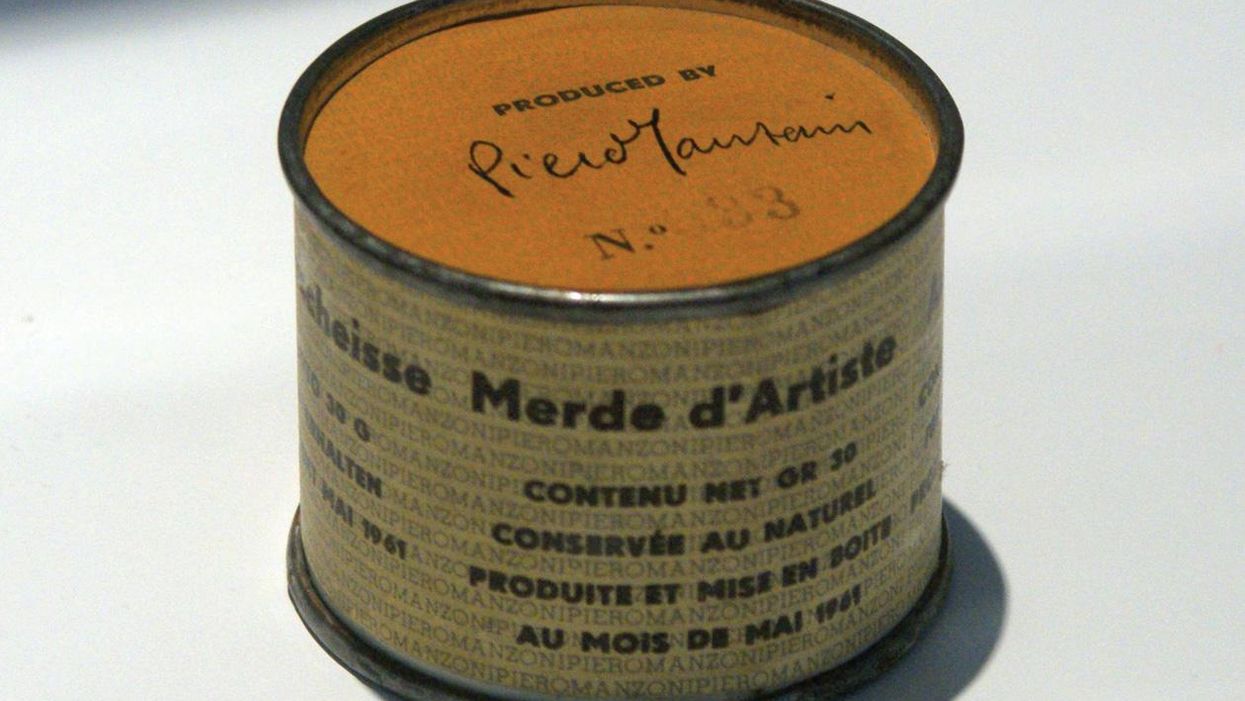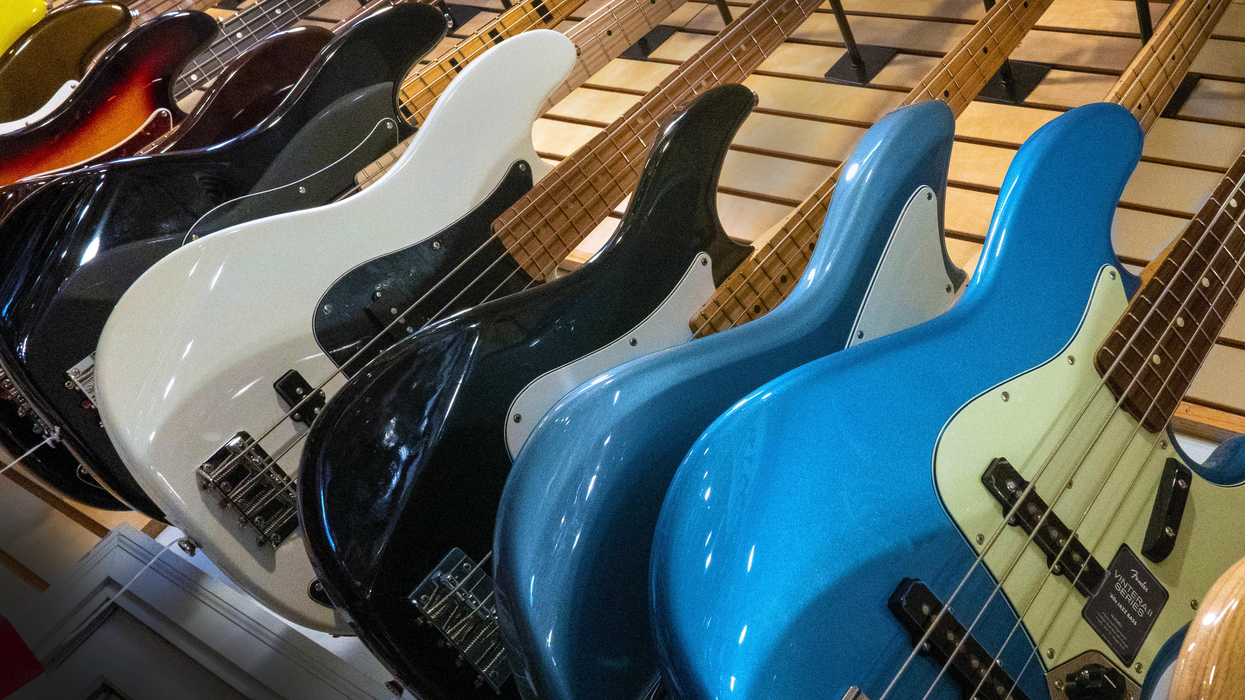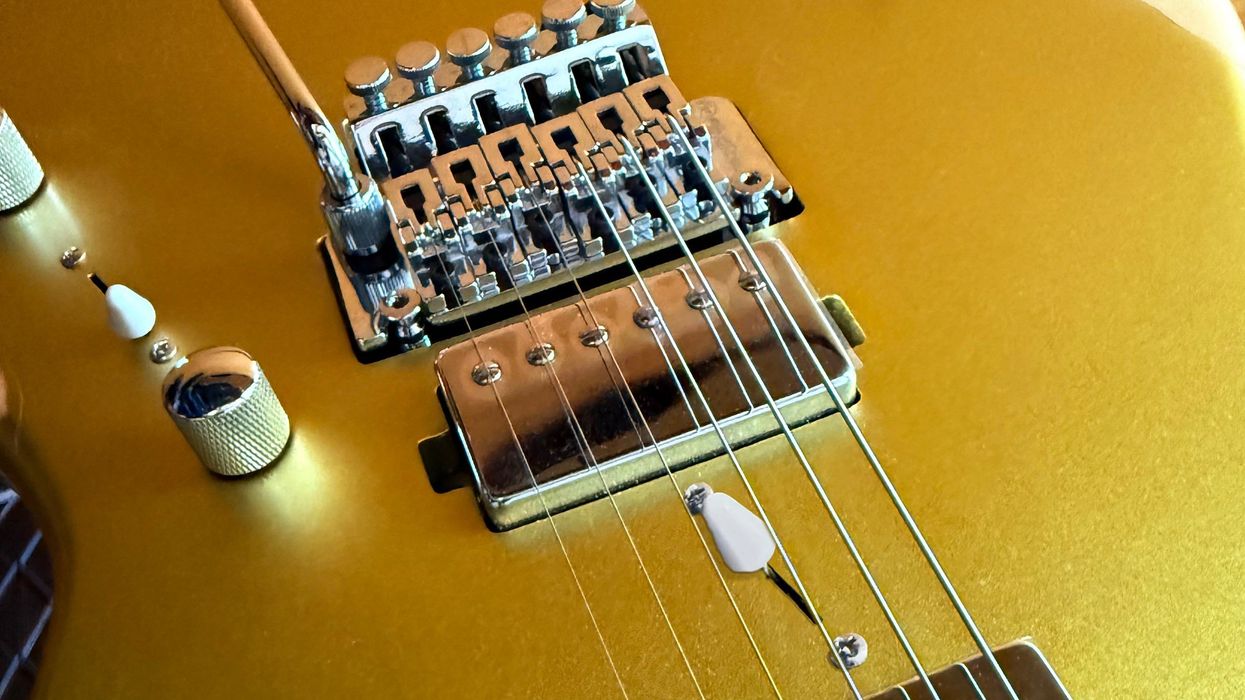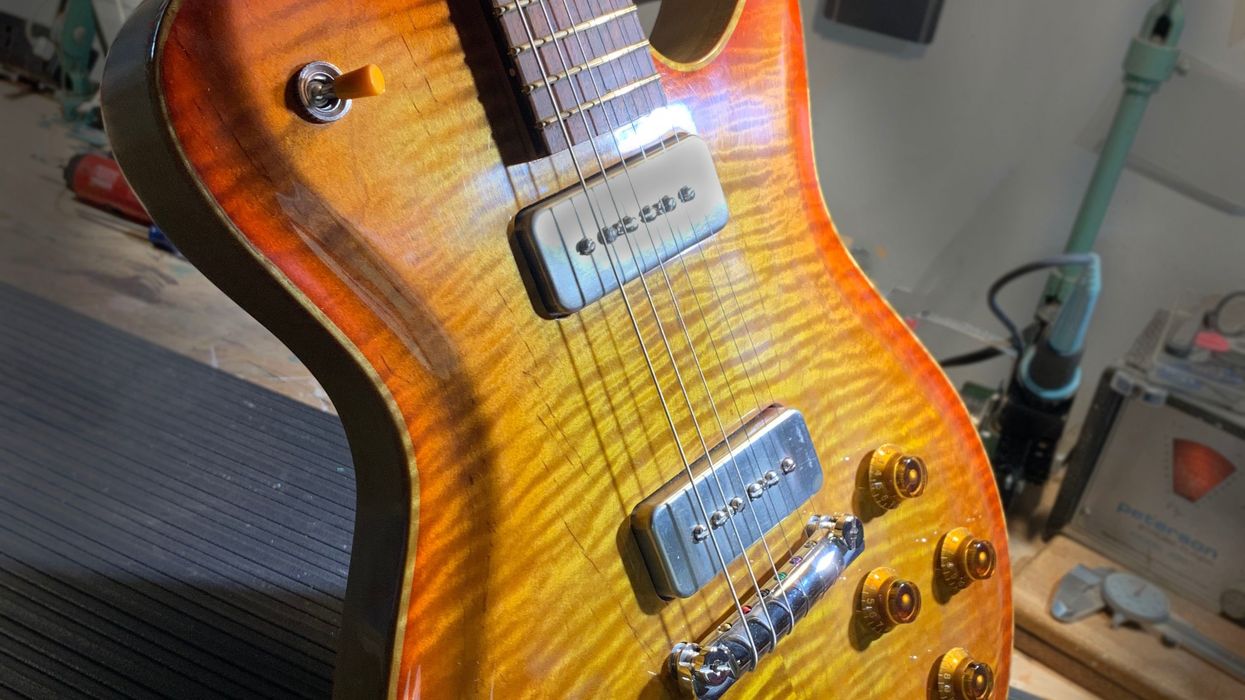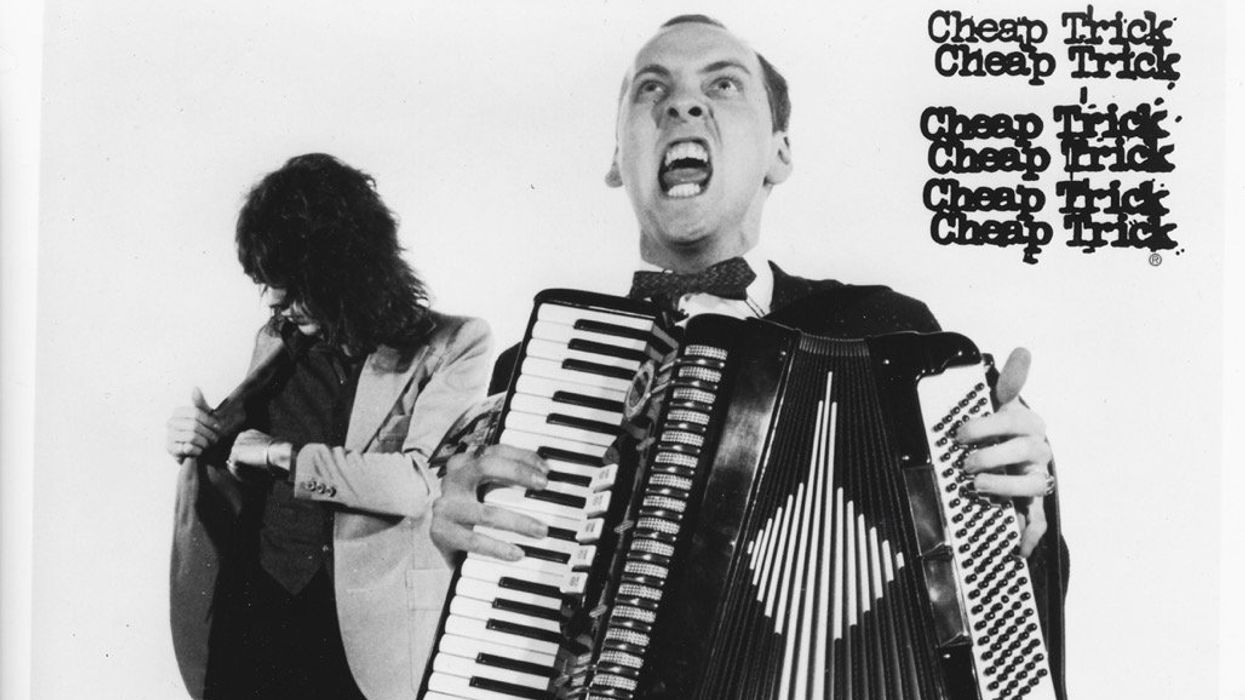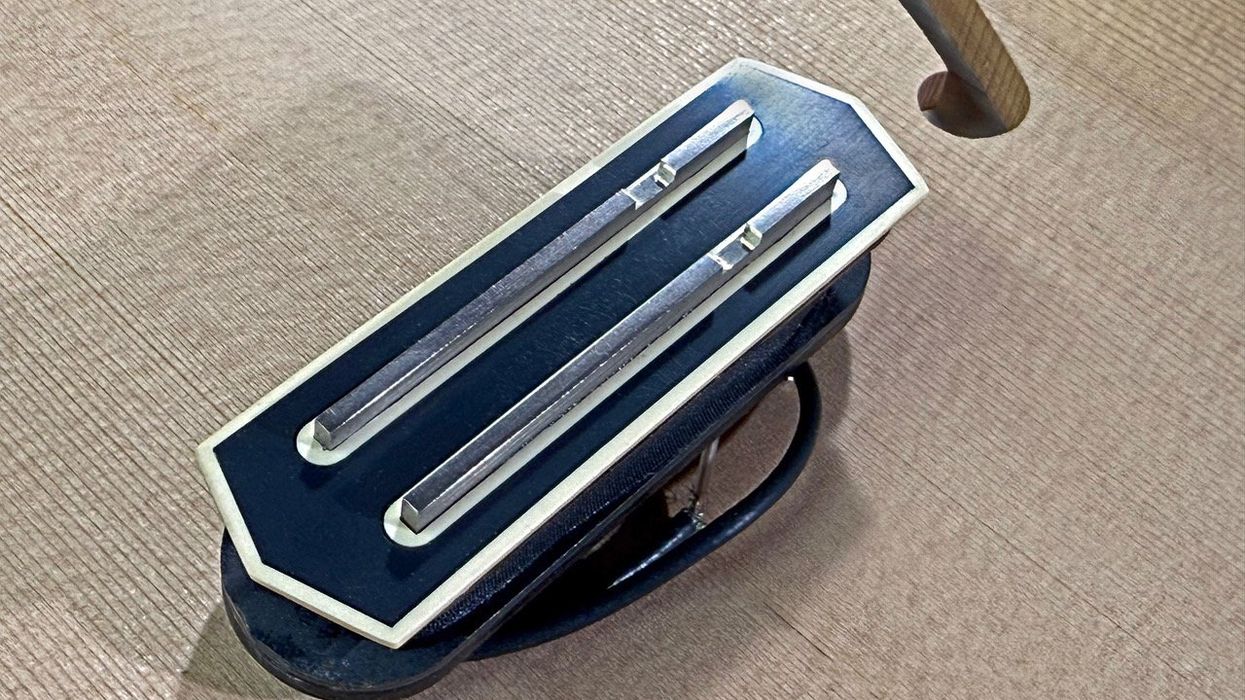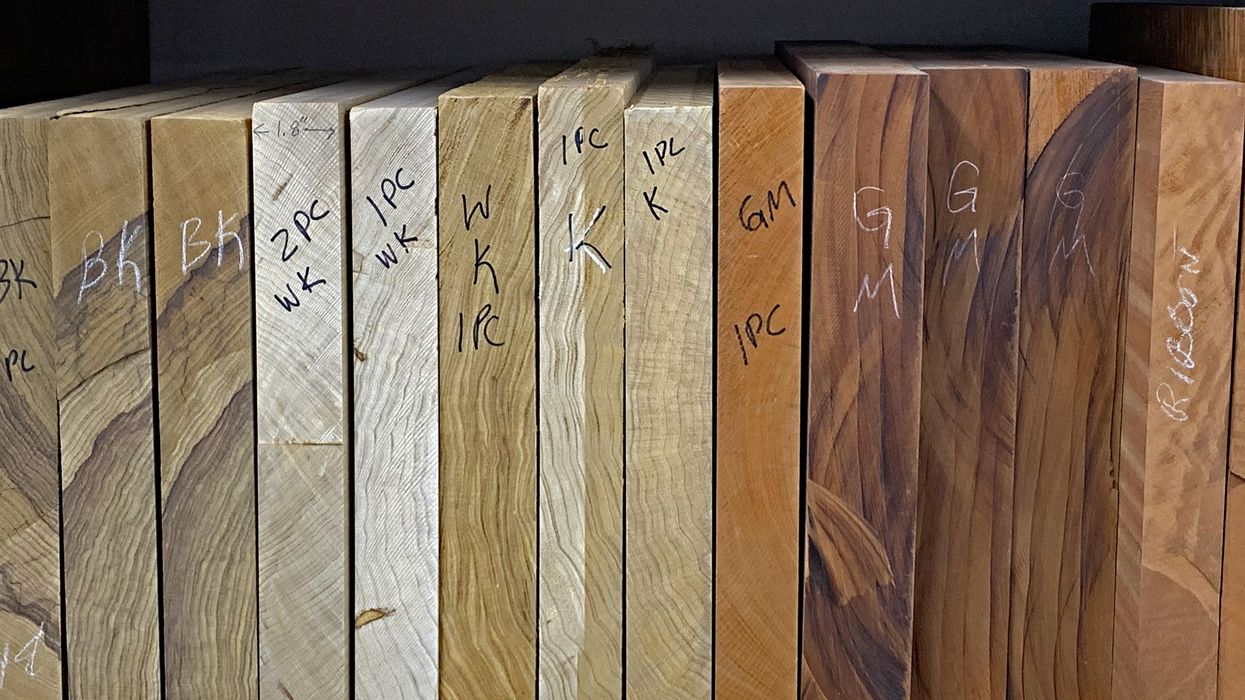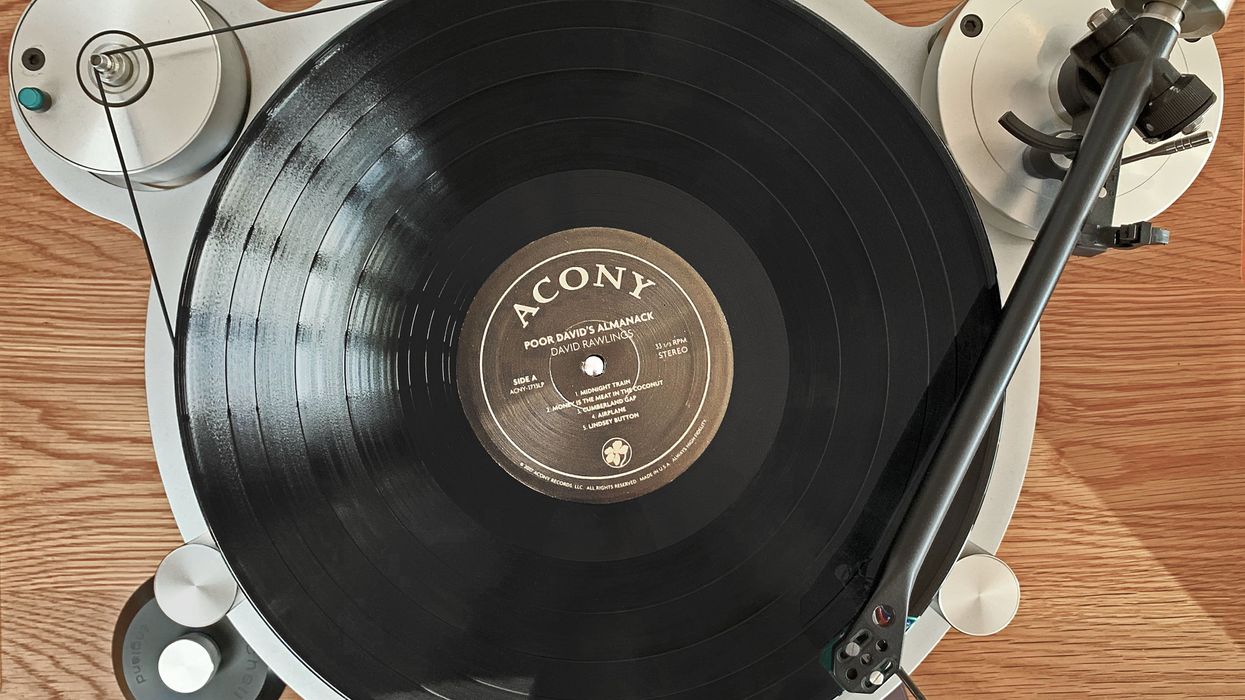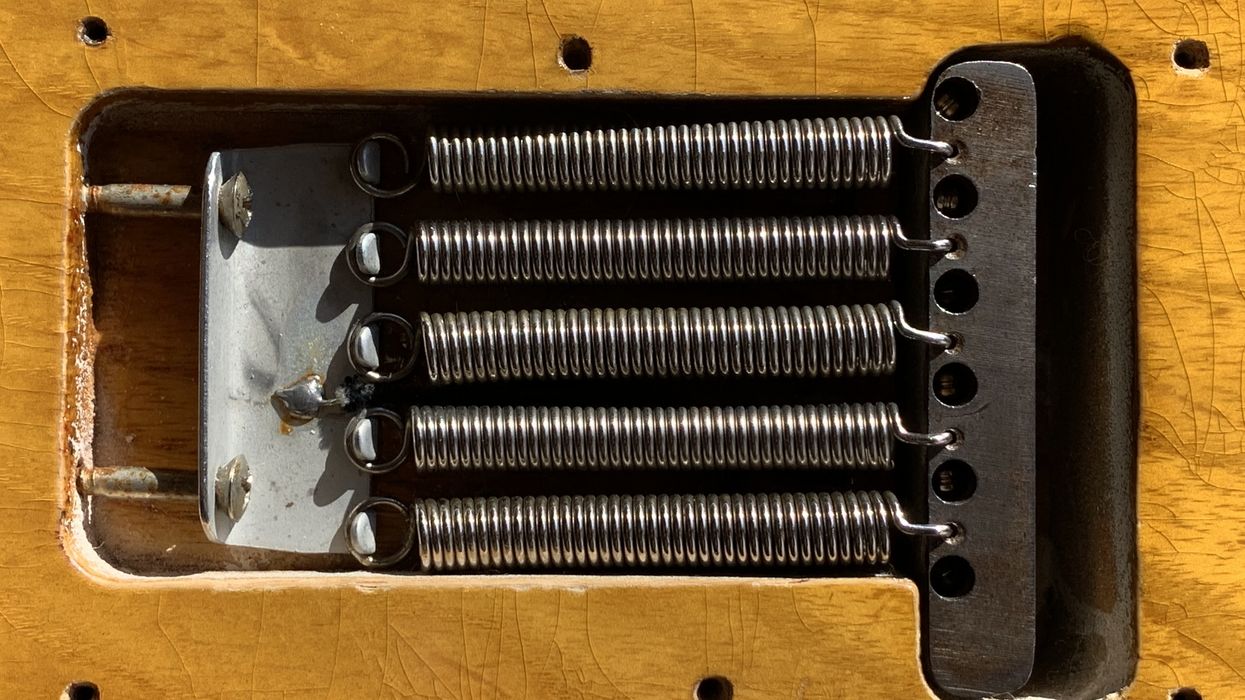In 1961, Italian artist Piero Manzoni sold a batch of serial-numbered cans of his excrement, which he titled Merda d'Artista (translated as Artist's Shit). All 90 of the 30-gram cans were quickly scooped up by patrons and collectors of avant-garde artwork. The selling price for these limited-edition articles was tied (by weight) to the price of gold, which, on some psychological level, may have increased their legitimacy or at least their worth.
Most of the established art world saw the whole thing as a sick joke. In cutting-edge circles, Manzoni's collection was viewed as a critique of the art market and consumerism, yet he surely advanced the very forces that he was mocking. Although each example sold for about $34 at the time, over the years they have proved to be a decent investment, with single cans now fetching as much as $132,000. I'm not sure who the joke was on—especially considering that the authenticity of the cans' contents has been disputed.
Without being facetious, I often think of this example when I read about vintage and boutique equipment. So, what is it that makes a piece of gear collectible, and is that different than being an investment? I certainly think of guitars as art and craft, but not so much as financial instruments. When planning financial futures, we mere mortals rarely think of investing in art, let alone cans of shite. Still, a lot of guitarists I know view their gear collections that very way.
There are published price lists for vintage—as well as merely old—equipment, which perpetuate the idea that guitars are similar to stocks or bonds. That's good for collectors and vintage dealers who all have a vested interest in continuing to push values upward. Unfortunately, for most of us, it puts a lot of examples of beautiful instruments out of reach.
Now, I know that a lot of you will jump to the defense of affordable new instruments, many of which perform as well or better than coveted collectibles. But as Manzoni proved, utility isn't always the point. It used to be fairly clear what constitutes a collectible piece of gear. Rarity is obviously a big component for both vintage and boutique guitars. If the market is awash with something, it's difficult to defend it as collectible. This may work for a one-in-17-ever-made korina Explorer, but it does nothing to explain the price tag on the hundreds of thousands of 1960s Stratocasters.
The inferior instruments churned out to meet the "Beatles Boom" demand from 1965 into the 1970s helped propagate the myth that "they don't make 'em like they used to," which is now the mantra of guitar collectors and dealers.
So, obviously, there is some elasticity in that argument. The inferior instruments churned out to meet the "Beatles Boom" demand from 1965 into the 1970s helped propagate the myth that "they don't make 'em like they used to," which is now the mantra of guitar collectors and dealers. That bit of folklore has been pretty much exploited by the boutique market that is seemingly positioned to become the new vintage.
For those who actually lived through the era when Mike Bloomfield, Eric Clapton, Peter Green, and Jimmy Page were "discovering" the magic of the Les Paul Standards built circa the late 1950s, we understand the strong allure of those instruments based not only on their sound, but on the association with the musicians who used them. The same can be said of some other models and brands from the same era. There was the feeling of belonging to a small tribe of insiders who realized that a new 1968 Les Paul hanging on the guitar store wall was not what the cool kids played.
Those older guitars didn't look, play, sound, or even smell like the glossy new product being spit out by the big factories. The side hustle of pawing through pawn shops and scouring mom-and-pop music stores for the real deal was just part of the attraction. It was like mining for Bitcoin in the physical world—and when you found it, you could plug it in. And this was still several decades before most players heard the term "vintage guitar." These feelings and ideas coalesced to make old guitars and amps desirable, collectible, and increasingly more expensive, despite the fact that modern guitars are now just as amazing.
I must confess to having collected a small pile of new and vintage amplifiers and guitars over a lifetime of playing, but my main focus was on the joy that they brought to me when I plugged them in. My motivation was always to get things I really liked. Perhaps there was some delusion about not losing money when it was time to sell, but as the clock ticks I question even that.
The absurd notion that old, rare guitars or even well-made boutique instruments are investments is not going away because that's the way our economic model is structured. So, get what you truly love and stop worrying about resale. Invest in your enjoyment, but don't buy crap
